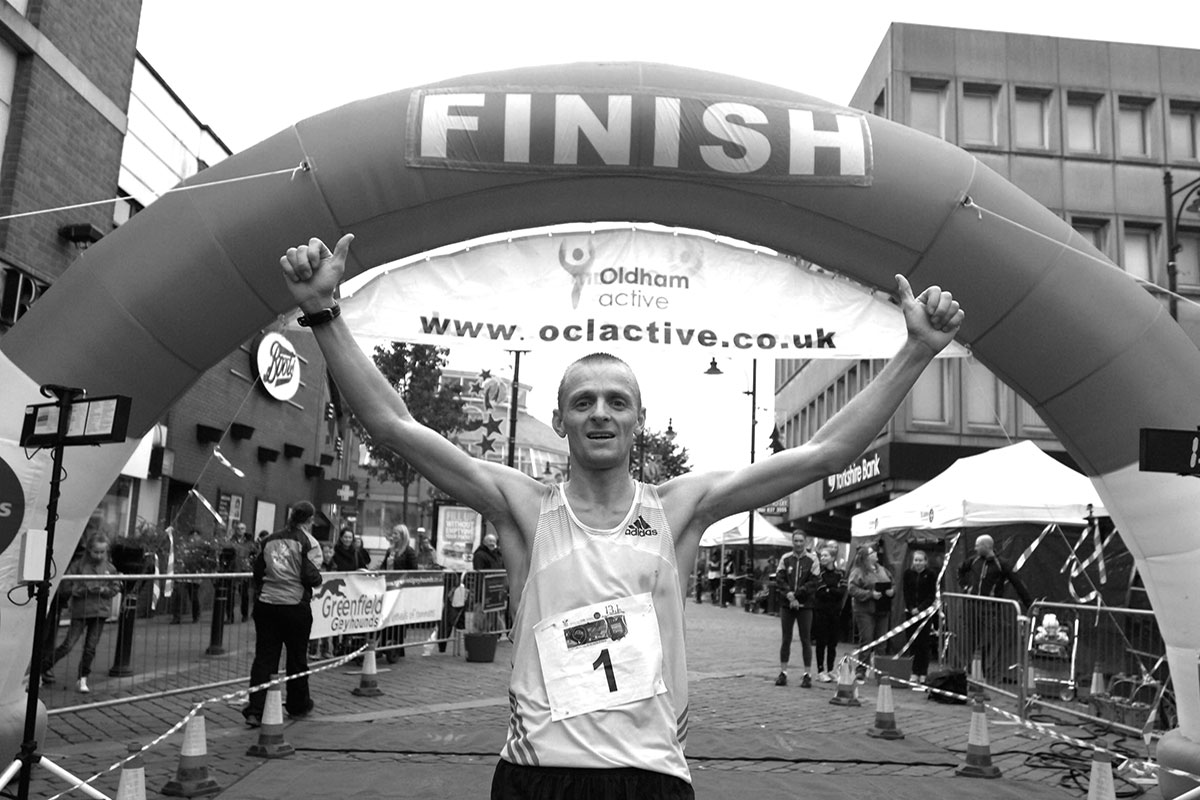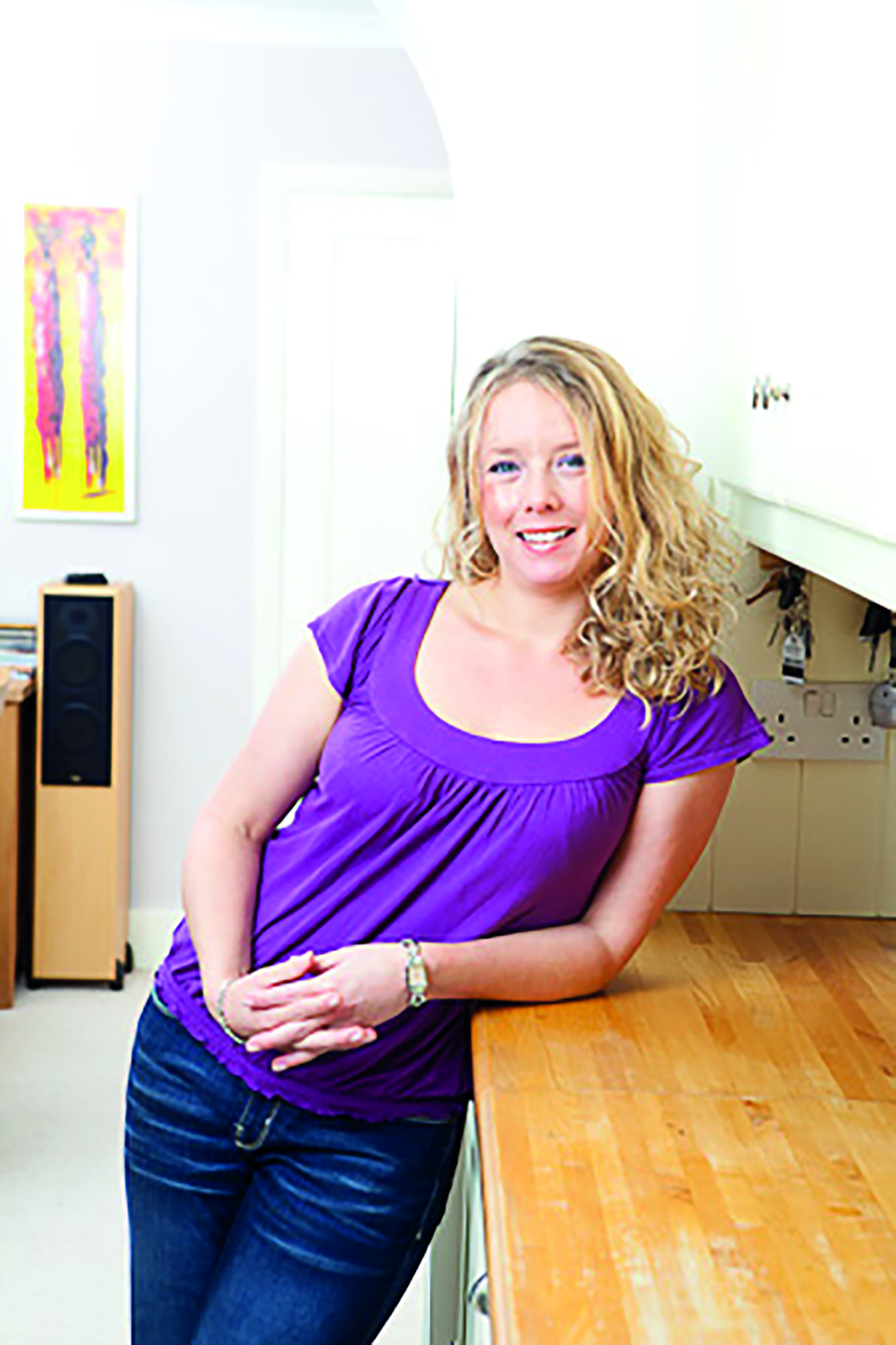Getting involved in a programme of outdoor clubs and events can propel both you and your clients towards your goals, says Wendy Golledge.
Outdoor exercise is an area that’s snowballed in the last decade, with everything from buggy fit and 5km fun runs to military-style boot camps and sprint triathlons popping up in local parks across the country. Such is the popularity that ukactive is now developing ‘ukactive outdoors’, a code of practice dedicated to exercise taking place in outdoor spaces, which defines the minimum performance criteria for fitness instructors to help standardise what’s on offer1. In early 2013, Leisure-net Solutions released The Outdoor Fitness Report, which questioned a cross-section of 400 consumers, plus private and public sector operators. The report revealed close to half of consumers (44%) preferred to exercise outdoors and, for these people, the most popular form of activity is a walk or run, at 42%. Studies have also revealed that green space exercise is perceived as ‘easier’, with lower rates of perceived exertion and higher physiological responses, increased energy levels, positivity and a feeling of revitalisation2. Taking expertise outside the four walls of a fitness facility gives PTs a wider appeal to a more varied client base. Going one step further and setting up competitive events can be just the progression and motivation some clients need. But, if you work in a gym, how do you go about it?
Alan Keane, senior health and physical activity development officer at Oldham Community Leisure (OCL), has overseen the birth of both beginners’ running clubs and, more recently, the Milltown to Moors Race Series, which encompasses a 7km, 10km and infamously hilly half marathon. “The running clubs came out of my own enthusiasm for getting people healthy. So many people find the actual fitness facility a barrier, so we set up a weekly beginners’ jog in the park for those who don’t like the gym. Within weeks, people of all shapes and sizes who you’d never see in one of our facilities were rocking up. We applied to create a registered Run England group and, through that, trained up a few people who were good at motivating and knew the area to be run leaders. The natural progression was that our groups began to try longer runs, so we trained up more people to lead advanced sessions or referred members to the local Park Run Scheme.” From there, Keane went on to set up the Milltown to Moors Half Marathon with the Oldham Citizens Advice Bureau, then an intermediate 10km and, realising this was still too big a leap from the run clubs for some people, he last year introduced the 7km Carnival Run.
Most recently, OCL has started to make use of the Radclyffe Athletics track it manages to enable local women in particular to run in an environment where they feel safe all year round. “We have coaches there to work on technique and PTs bring their clients to the track. Every month or so we do a time trial, to help all those people saying ‘I’m not getting any fitter, it still hurts’ see the progress they’re making.” Personal trainer and sports injury therapist Paddy Wolstenholme finds that referring his clients to OCL’s run clubs adds value to what he can offer. “The question I get asked most frequently is ‘how do I lose weight?’ and running is without doubt one of the best forms of exercise to assist in a fat-loss plan. But I believe clients should only pay a PT for sessions if they can’t do it by themselves, so in their time with me I try to concentrate on functional training rather than dedicating an hour to running, which may not seem value for money. Having the option of inviting a client to our free run clubs means they get advice on posture and technique, a good workout and the chance to meet like-minded people who can motivate them to push a little harder, leaving us free to concentrate on more specific training methods in one-to-ones.”
Alongside running, Keane has introduced Nordic walking sessions. Known as the ‘outdoor cross trainer’, walkers use poles to transfer the load to their upper body as well as their legs, and so get a full-body workout from sessions. “Running hits the target quicker but there are lots of people who can’t do it, so Nordic walking offers a solution for people who want to benefit from outdoor exercise without having to run,” says Keane. “Our ‘beginners’ are now walking six miles up big hills, so we’re looking to launch a second class.”
Start-up tips
- Make use of Run England UK Athletics.
- Get in contact with your local Park Run Scheme.
- The right people, who are enthusiastic and know the area, are key to any outdoor events.
- You can’t take people for 20-mile runs every time, so signpost them to a local running club.
- Ask around in your local community for race sponsors for your first event. Start small – a 5km or even a 1km.
- Don’t be afraid to work with existing providers, such as Nordic Walking UK.
- No amount of leaflets will replace word of mouth.
- If you make the run interesting and include regular stops and regroups, people will talk about the fun they had.
About the author
Wendy Golledge is a freelance fitness journalist. She also works in public relations for specialist health and fitness company Big Fish PR.








